Boulevard Park, Seattle, northwestern Washington: Cheryl Moorehead, Bugwood.org, CC BY 3.0 US, via Forestry Images @ https://www.forestryimages.org/browse/detail.cfm?imgnum=5191039&
Mount Hijiri, Chūbu region, central Honshū island, Japan: Kumaapr9, CC BY SA 3.0, via Wikimedia Commons @ https://commons.wikimedia.org/wiki/File:Torikabuto_01.jpg
Essential oil extracted from Geranium macrorrhizum is named Zdravets (zdrave "health") in Bulgaria.: Hardyplants at English Wikipedia, Public Domain, via Wikimedia Commons @ https://en.wikipedia.org/wiki/File:Geranium_macrorrhizum_flowers.jpg
New World plant native to Appalachian areas of Pennsylvania, south into Maryland, North Carolina, and Tennessee.: DM (dmott9), CC BY-ND 2.0, via Flickr @ https://www.flickr.com/photos/dmott9/3553614344/
Tardiana hostas (Hosta x tardiana) number among the hostas that are slug resistant.: Ed (Goosefriend), CC BY 2.0, via Flickr @ https://www.flickr.com/photos/gooseotter/4781606547/
The odor of plants in the Allium genus is repugnant to slugs.: Gail Frederick, CC BY 2.0, via Flickr @ https://www.flickr.com/photos/galfred/525467177/
J.T. Wall is credited with first valid description of Helleborus x nigercors, published in Gardeners' Chronicle in 1934.: Kenpei, CC BY-SA 3.0, via Wikimedia Commons @ https://nl.wikipedia.org/wiki/Bestand:Helleborus_x_nigercors_Valentine_Green1.jpg
Slugs like tomatoes.: Maryland Pride, CC BY SA 3.0, via Wikimedia Commons @ https://en.wikipedia.org/wiki/File:Maryland_Great_Grey_Slug.jpg
Grapeview, Mason County, west central Washington: Christine Majul (photogirl7.1), CC BY-SA 3.0, via Flickr @ https://www.flickr.com/photos/kitkaphotogirl/2897348352/
Hardy to zone 5, Hosta ventricosa flowers from July to July and is not frost tender.: Tadesse, CC BY-SA 2.0 DE, via Wikimedia Commons @ https://commons.wikimedia.org/wiki/File:Hosta_ventricosa1Tadesse.jpg
dandelion field in the Netherlands: Rene Mensen (Alias 0591 from the Netherlands), CC BY 2.0, via Wikimedia Commons @ https://commons.wikimedia.org/wiki/File:Field_of_dandelions_(5659006546).jpg


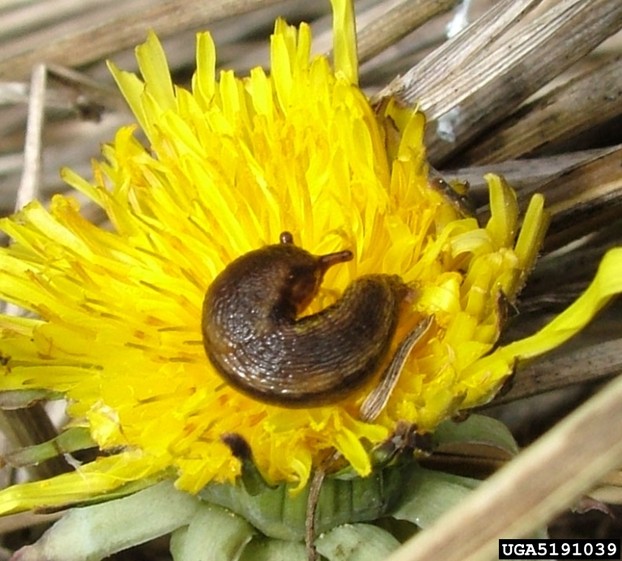
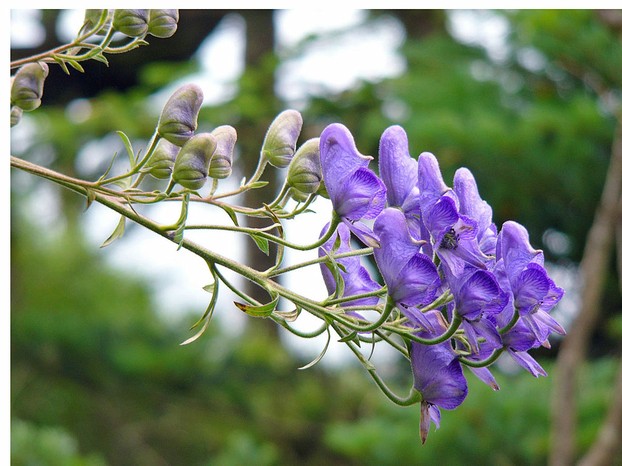
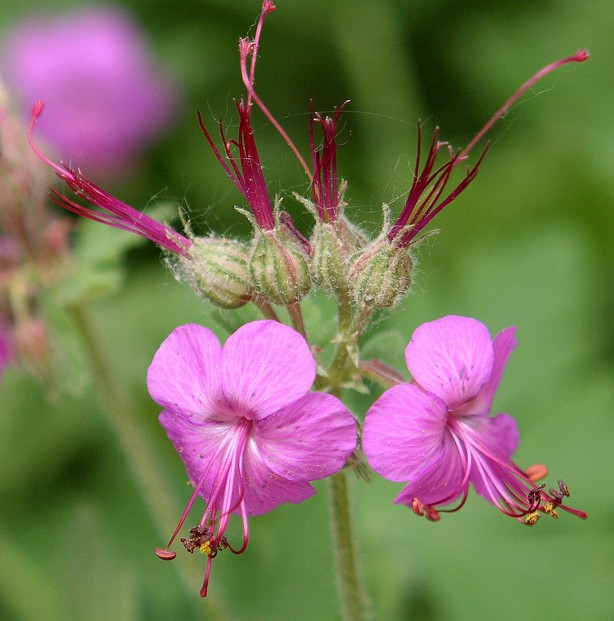
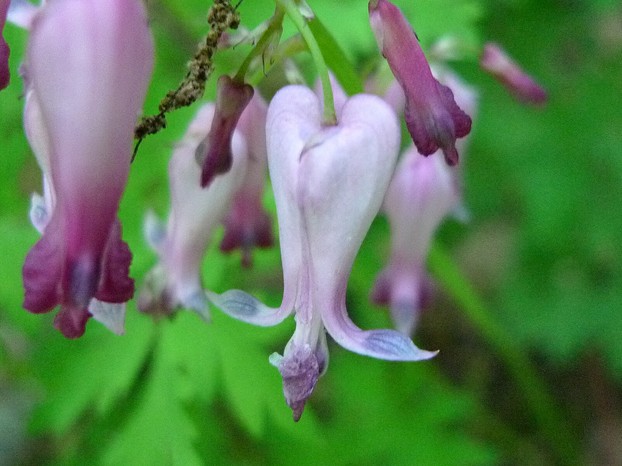
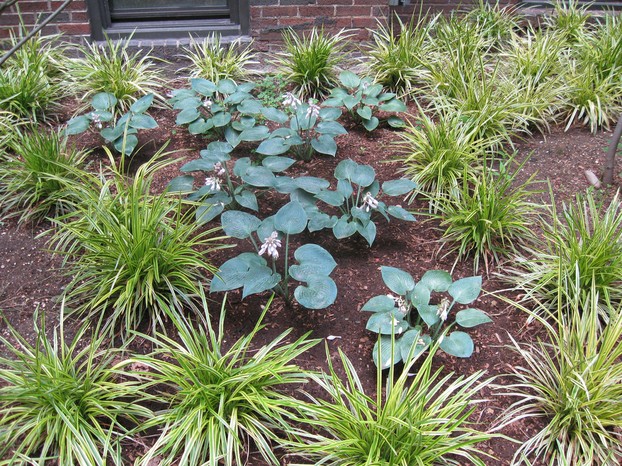
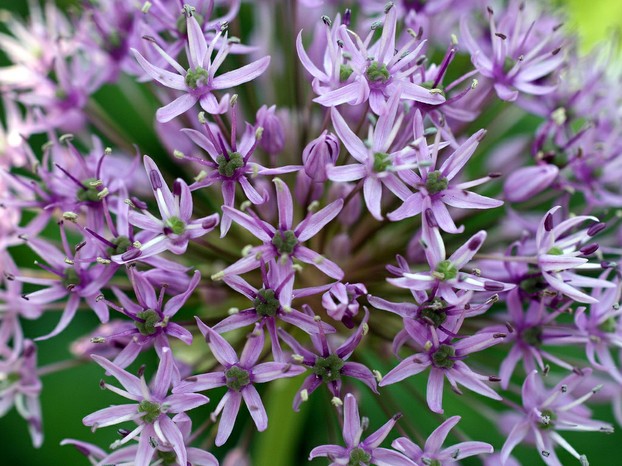
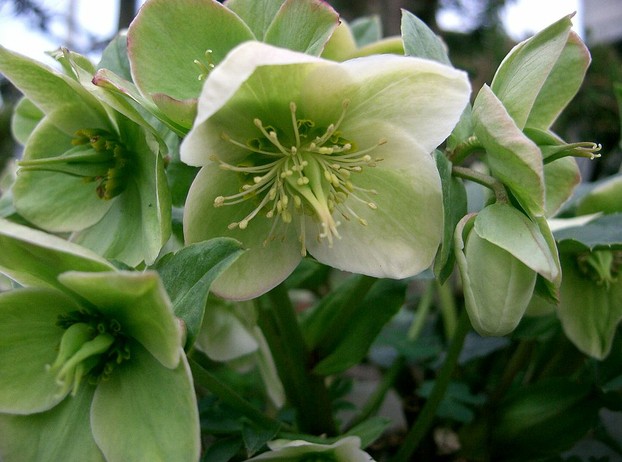
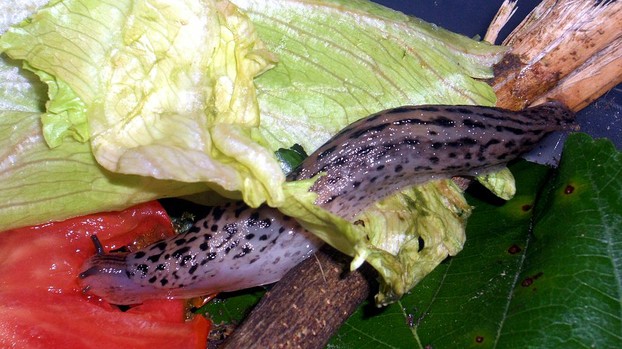
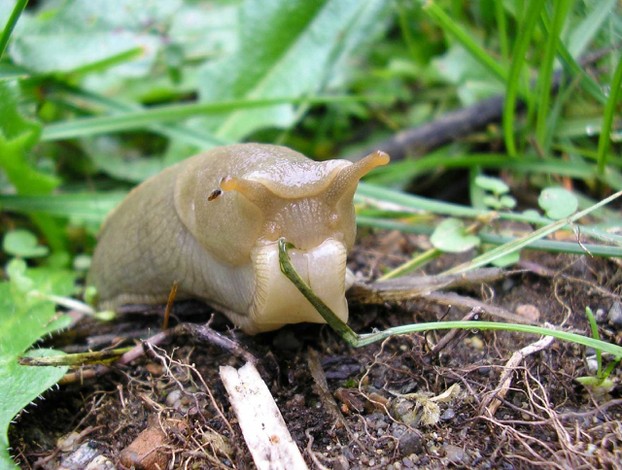
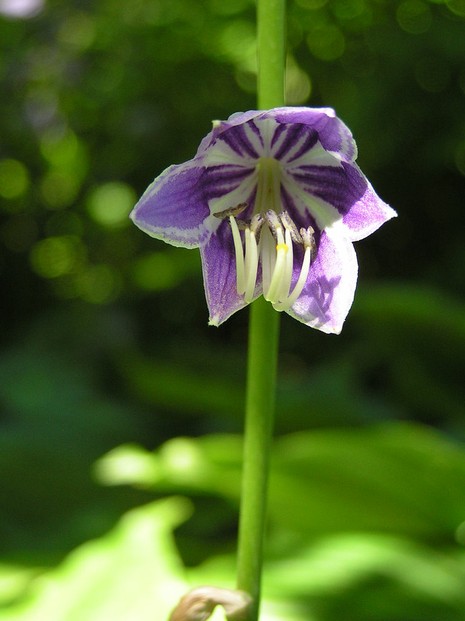
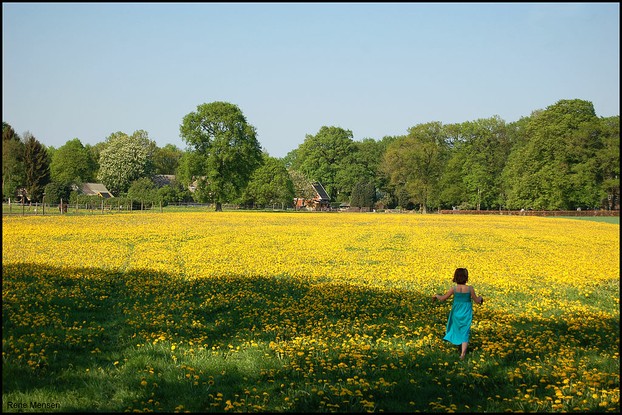




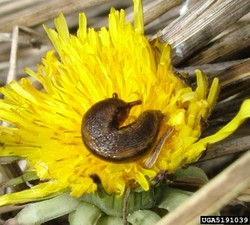

 Are Hawaiian Huakai Po Nightmarchers Avenging Halloween Thursday?on 10/02/2024
Are Hawaiian Huakai Po Nightmarchers Avenging Halloween Thursday?on 10/02/2024
 Mailing Addresses for 2023 Form 4868 Extending 1040 and 1040SR April 15, 2024, Due Dateon 04/15/2024
Mailing Addresses for 2023 Form 4868 Extending 1040 and 1040SR April 15, 2024, Due Dateon 04/15/2024
 Mailing Addresses for 2023 Forms 1040 and 1040SR Filed in 2024on 04/15/2024
Mailing Addresses for 2023 Forms 1040 and 1040SR Filed in 2024on 04/15/2024
 Mailing Addresses for 2022 Form 4868 Extending 1040 and 1040SR April 18, 2023, Due Dateon 04/13/2023
Mailing Addresses for 2022 Form 4868 Extending 1040 and 1040SR April 18, 2023, Due Dateon 04/13/2023

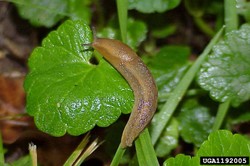
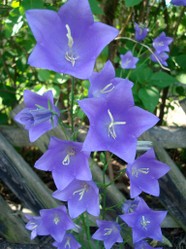
Comments